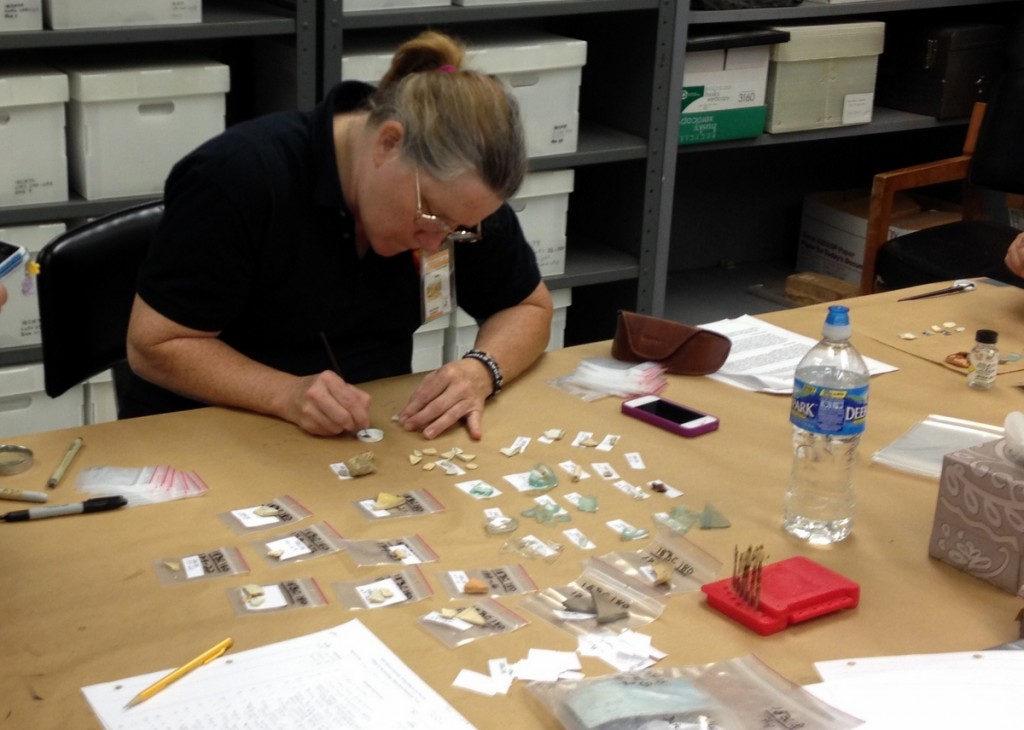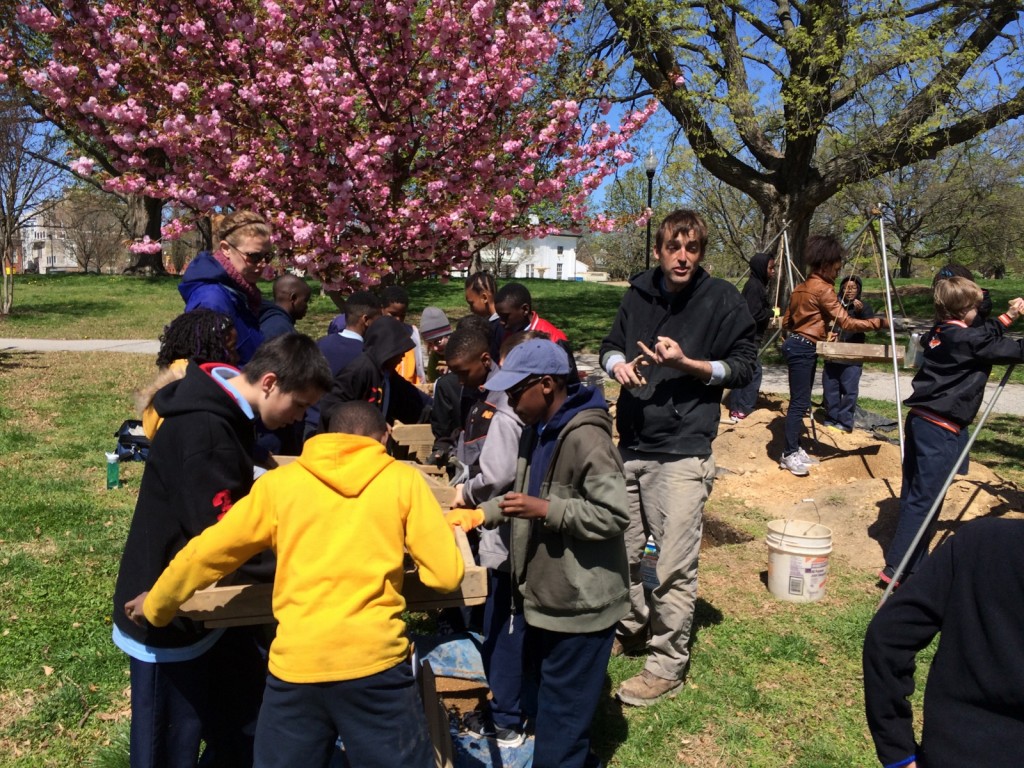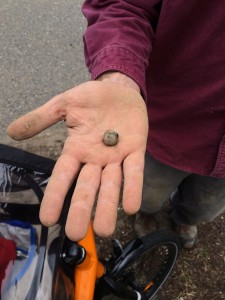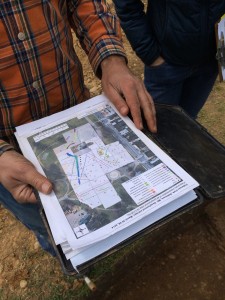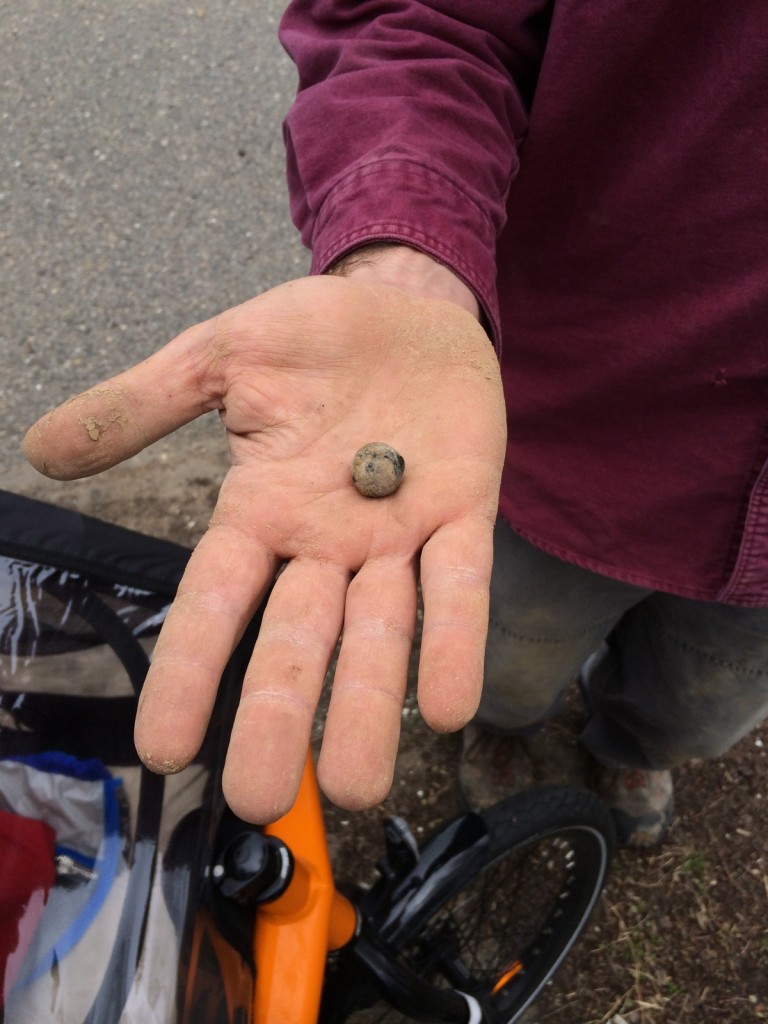Any archeologist will tell you: the most important part of a dig is not what we find, it is what we find out! Processing artifacts is an essential step to learning more about an archeological site and the stories it may hold. Thanks to support from the Maryland Historical Trust Archeology Lab in Crownsville, project archeologists from Louis Berger, and a great group of fourteen volunteers, we just completed the laboratory processing for the artifacts recovered from Patterson Park this past spring.
Between July 29 and August 27, our volunteers (including seven people who helped out during the dig this spring) washed and labeled artifacts then recorded detailed description in a catalog for the collection. The artifacts included a War of 1812 musket ball, a Civil War belt buckle, and a half-plate made of ironstone. The oldest artifact is the Piscataway point created over 2,000 years ago. We didn’t realize in the field that we had found huge number of pieces of kiln furniture (the protective vessels that held pipes as they were fired in the kiln) or “muffles.” The large number of pieces raises the question of whether a kiln was located at the site or whether they were just brought in as dirt fill.
In the next few weeks, Louis Berger will send the artifacts to Kansas City to be photographed at their own laboratory. They’ll be back in Baltimore in time for the bicentennial celebrations on September 14. In October, we will send the collection to its permanent home at the Maryland Archaeological Conservation Laboratory, at Jefferson Park and Museum in St. Leonard, Maryland. You can look forward to seeing a selection of artifacts back in Baltimore this spring as part of a new exhibit we are planning at the Patterson Park Observatory with the Friends of Patterson Park.

Learn more about We Dig Hampstead Hill! Searching for the War of 1812 in Patterson Park from our earlier updates or on our project page.

